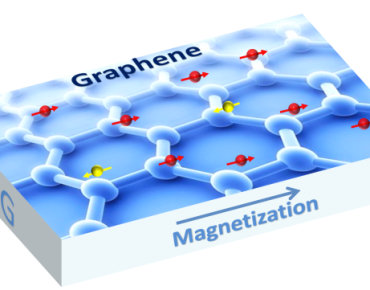A new method introduces magnetism to graphene while preserving its electronics properties
Researchers from the University of California at Riverside developed a way to introduce magnetism in graphene while still preserving electronics properties. This new method is superior to doping as it does not damage graphene's electronic properties.

The research team used yttrium iron garnet grown using laser molecular beam epitaxy. They placed a single layer of graphene on an atom-thick sheet of yttrium iron garnet, and discovered that graphene borrowed the magnetic properties of the material. The researchers state that they managed to avoid interfering with graphene's electrical transport properties by using the electric insulator compound.






